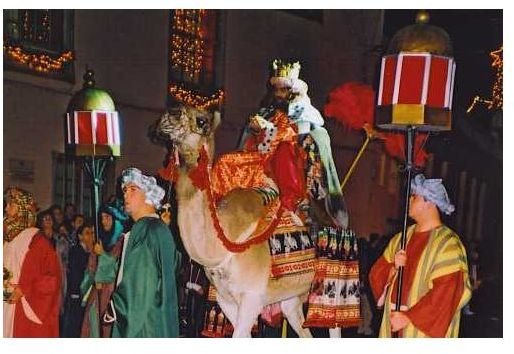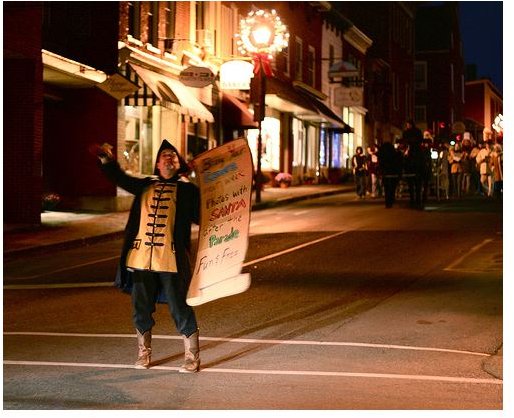How to Photograph Christmas Parades at Night - Tips on Getting the Best Pictures
Introduction
Tis the season, almost. Christmas is right around the corner along with all the festivities associated with it. One such memorable event are the numerous Christmas parades, many of which occur after dark. If they happen during the day, I have no doubt you will be able to get some neat photos, but when the sun goes down, all bets are off and you’ll need a few tricks to help you get more keepers.
Camera Gear
A point and shoot really is not going to cut it. In general, their flashes are quite weak and they have trouble with noise above 400 ISO. With a point and shoot you can try setting the camera at 400 or 800 ISO. Experiment with flash and especially try a nighttime flash mode or slow-sync flash. This will use longer exposures to capture movement (will streak across the frame) and the flash which goes off at the end of the exposure will stop the motion creating a really cool effect.
The ideal camera would be a digital SLR (single-lens reflex) camera equipped with a lens that has an aperture of at least F/2.8. Ideally, a 17-55mm F/2.8 (24-70mm on a full-frame 35mm camera) or similar lens would be perfect. If you think you will be far away, a 70-200mm F/2.8 or similar lens may work well, but that type of lens is a bit too long for a parade where you can get fairly close. With the wide angle, you are also able to capture the large floats and more of your subject. Another good accessory that will help is an external hot-shoe flash and some sort of modifier to soften the light (a bounce card or better yet a softbox that goes over the front). A plastic Sto-Fen Omnibounce or Gary Fong Tupperware won’t really help soften your light, it will just spread it all around you. In fact, unless you are able to bounce it off a cloud, it’s just eating 2 stops of light by shooting through it, so leave it at home.
Make sure you have enough batteries since Christmas occurs in the winter, unless you happen to be south of the equator. The cold will eat through your batteries very quickly.
Photo by: bionicteaching
Camera Settings
· Use your widest aperture possible
· Maintain a fast enough shutter speed to freeze the motion (1/125 or faster)
· Start with ISO 400 and go up from there (800 to 1600 ISO)
· Try slow syncing your flash or longer exposures for a cool motion blur effect
· The settings will vary significantly based on the ambient lighting and other parade lights, so use these as a rough guide.
What To Look For

A parade is constantly moving. Keep your eye open and your camera at the ready.
Get the Parade’s Attention - Usually this is pretty easy. Wave, smile, and hold your camera up at them. A smile really goes a long way. Be sure to capture their smiles, bright costumes, and their float.
Capture the Crowd – Use the same attention getters mentioned above and photograph the crowd, especially the expressions on children’s faces. The floats may even provide some nicely lit colors for a neat lighting effect.
Light and Color – Parades are all about celebrating with color, lights, and noise. Since you can’t capture the sounds in a photo, make the most of the first two and look for the small details of the floats and costumes. Capture the festivity of the parade.
Action – Look for movement and dancing in the parade walkers and floats. With a slow shutter speed you can create colorful motion blurs and capture the movement.
Photo by: secret tenerife
